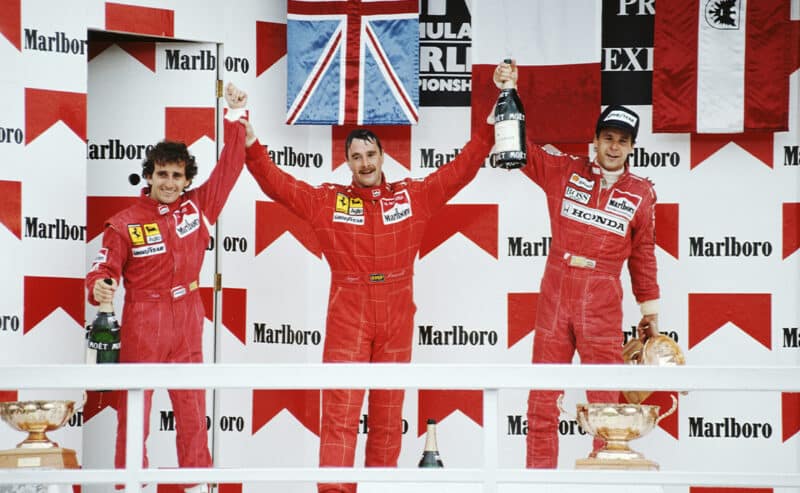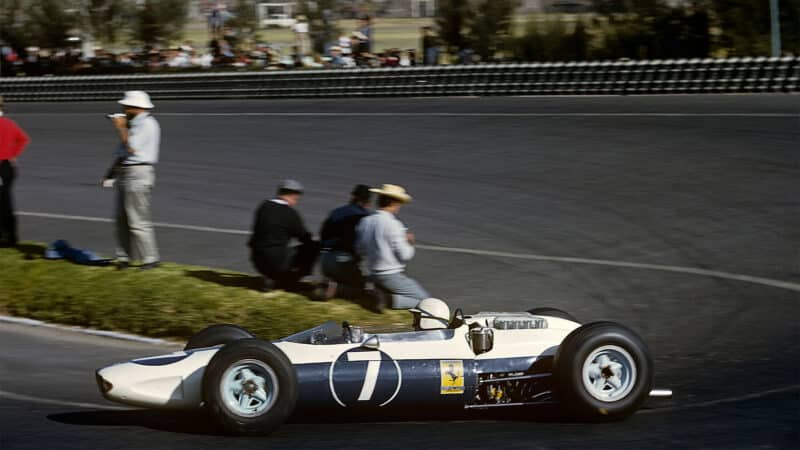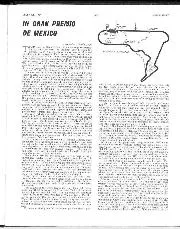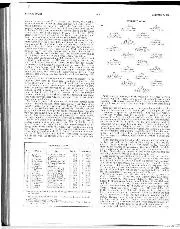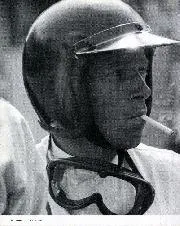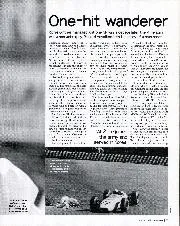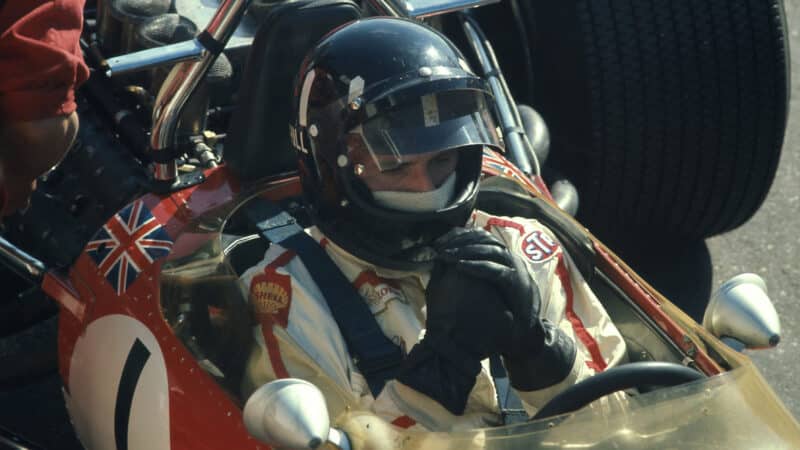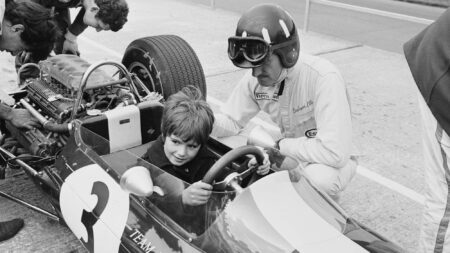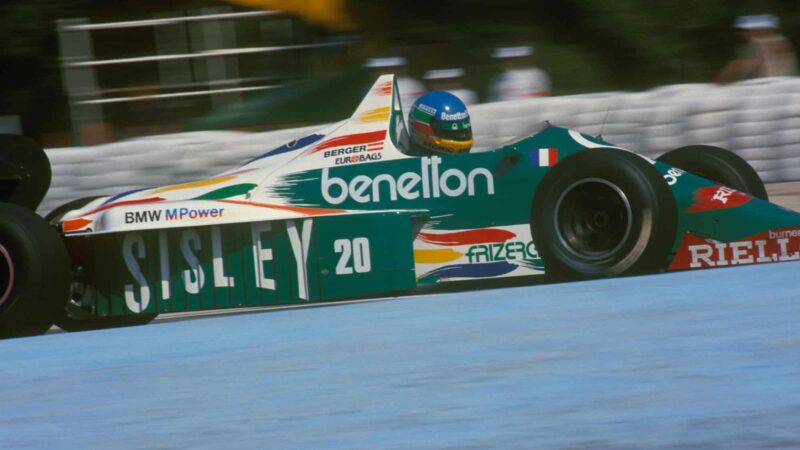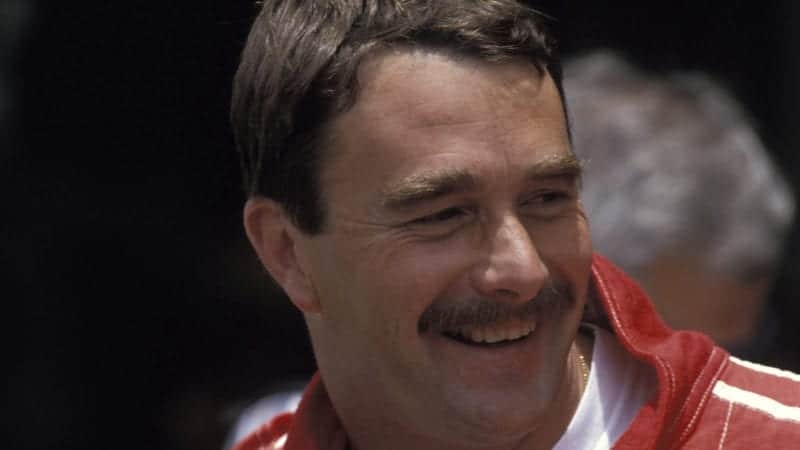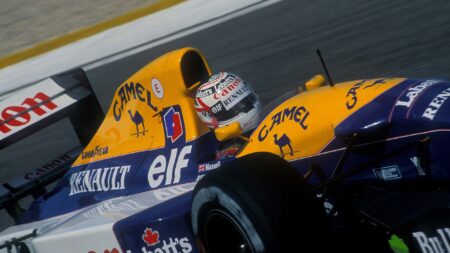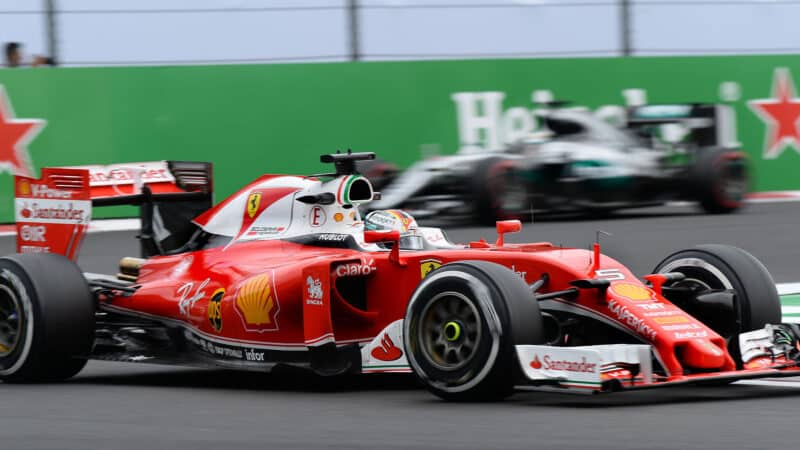On lap 30 Bandini misjudged his braking and rear-ended Hill’s BRM P261, damaging its exhaust and dropping the Brit down the order – he’d limp round for the rest of the race in the vain hope of picking up some points.
This meant it looked like Clark would win the race and tie with Hill on points, but would take the title due to having more race wins that season.
Then disaster struck. With two laps to go an oil line failed on the Lotus, its engine seizing just after Clark started the final lap.
This meant Hill would be champion after all, before the provisional standings changed again in a matter of feet.
Realising the title implications, Ferrari instructed second-placed Bandini to let his following team-mate Surtees through, allowing the latter to clinch the title by one point in a thrilling finale. So excited were the witnesses to the title tumult, apparently few even noticed Gurney crossing the line for the win.
Surtees made history as the first – and still only – person to win both motorcycling and F1’s top championship prize.
Hill, who had seen the title snatched away from him due to someone else’s error, sent Bandini a vinyl LP of driving lessons as a Christmas present.
1965: Richie Ginther takes Honda’s first F1 win
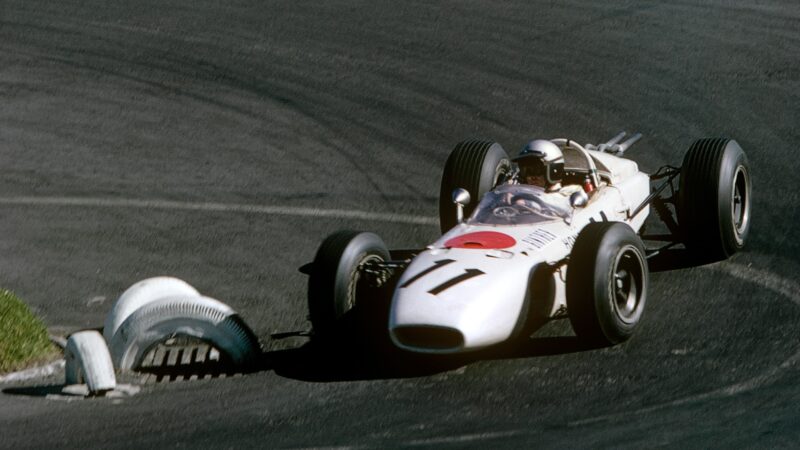
A first F1 win for Ginther and Honda at the 1965 Mexican Grand Prix
Bernard Cahier/Getty Images
One year on and Mexico again played host to an historic F1 event, this time Honda’s first championship race win.
